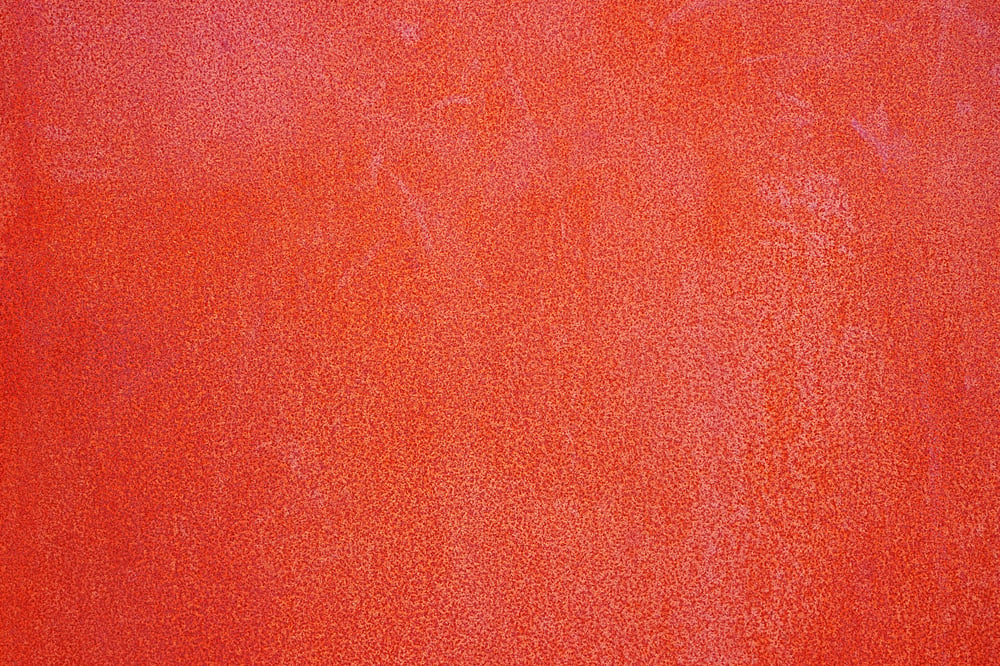What is Red Oxide Flooring?
Oxide flooring is a form of flooring whereby oxides are used for colouring the floor. It is available in many colours, but the most popular is red oxide flooring, also known as kaaviyidal. Historically, it was introduced in India by Italian and Portuguese traders. They are most popular in South India, and the trend started in Kerala but are found in almost all parts of India, in older houses. Here’s a comprehensive guide on Red Oxide Flooring:
1. Advantages of Red Oxide Floor
2. Disadvantages of Red Oxide Flooring
3. Process of Laying a Red Oxide Floor
4. Where Can I Use Red Oxide Flooring?
5. Red Oxide Flooring Cost
6. Red Oxide Flooring for Terrace
7. Red Oxide Flooring for the Bathroom
8. Integrate Red Oxide Flooring into Your Home Decor
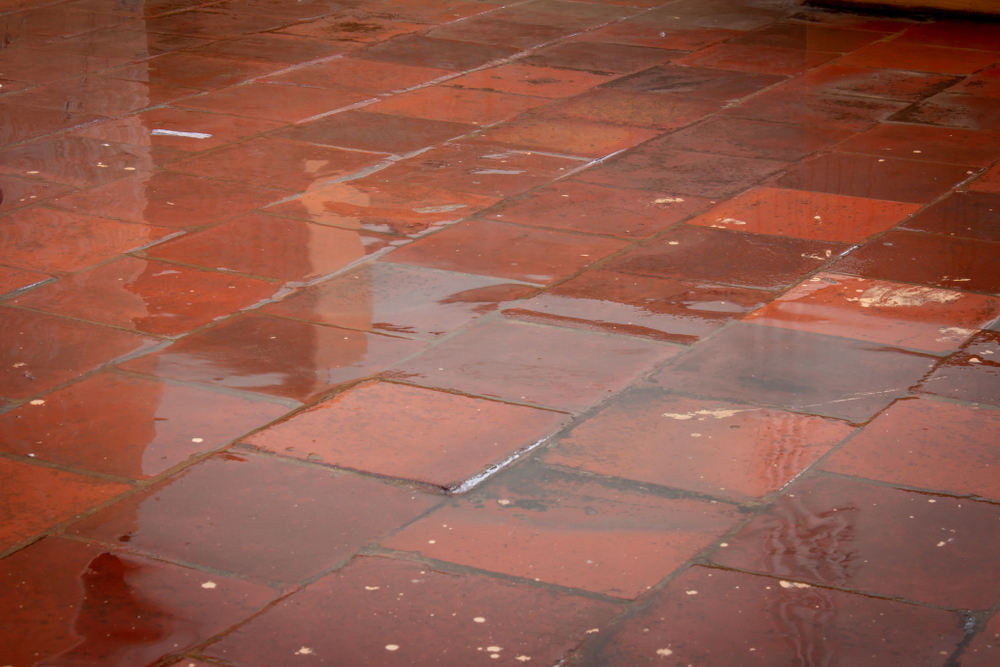
Red oxide has been used for centuries in India. However, industrialisation and mass production of marble and granite made these materials a fancy replacement for the red oxide floor. Red oxide flooring can be made with cement, mud, or even lime. They do not contain chemicals, lead, or mercury. The absence of these toxic materials is good for your home and the environment.
The oxides are available in many different colours, and though red is the most popular variety, there can be a myriad of colours in the green, blue, black and yellow spectra too. Almost 25 different shades of red can be obtained by mixing different shades. You can choose different red oxide flooring colours for various rooms to add a unique touch to your home décor.
This traditional red oxide flooring method is making a comeback today. This is because people recognise how sustainable and eco-friendly this option is compared to commercially produced marble and granite. Not to mention, this option is also substantially cheaper than buying granite and marble. This is a great approach towards rustic and earthy home décor if that is the look you want to incorporate in your new house.
Advantages of Red Oxide Floor
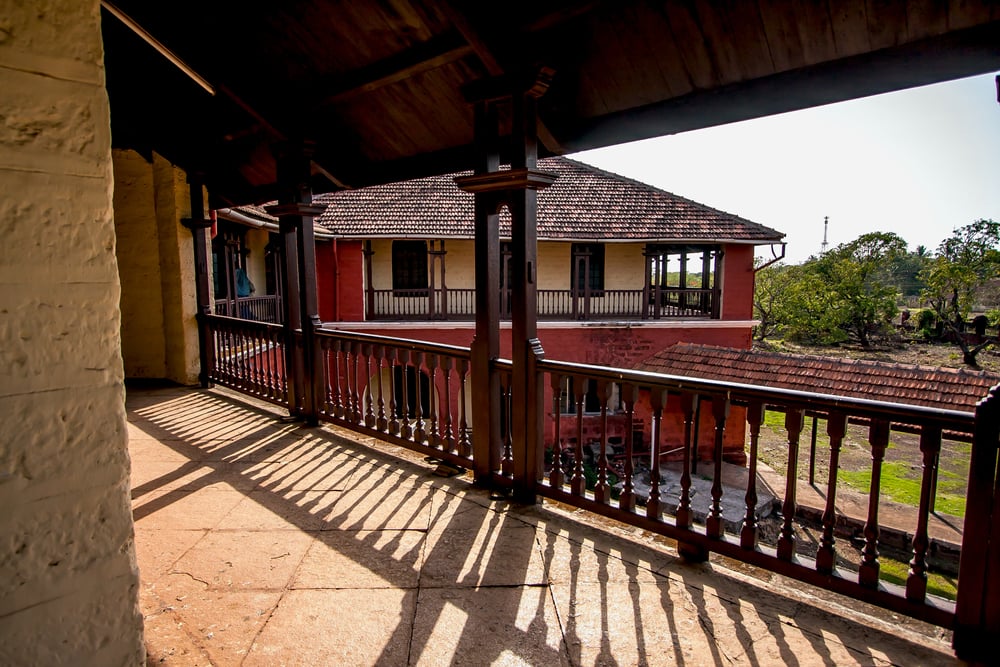
There are several benefits of red oxide flooring:
- It is an extremely cost-effective option compared to other flooring options.
- It can be an affordable replacement for designer carpets. You can emboss various designs directly to the floor and give your home a royal look.
- Red oxide flooring powder will give your floor a seamless look. The fantastic finish makes the floor look simple, elegant, and visually appealing.
- Red oxide flooring is very easy to maintain. Unlike tiles, they don’t lose their shine. Avoid harsh chemical cleaners and sweep and mop the floor regularly to keep them in pristine condition for years.
- Instead of degrading with time, red oxide floors improve. Over the years, the floor gets shinier and smoother.
- Red oxide floor is perfect for homes located in warm and tropical places. These floors are considerably cooler in summer than tiled floors or wooden floors.
- Since these floors are made of completely natural ingredients, they are much more sustainable and eco-friendly.
- Red oxide flooring is not hard on the feet. They are very comfortable to walk on, even barefoot.
- You can apply Red oxide flooring to different parts of your interiors. They look equally beautiful in the living room, bedroom, kitchen, dining or outside terrace, and balcony areas.
 Disadvantages of Red Oxide Flooring
Disadvantages of Red Oxide Flooring
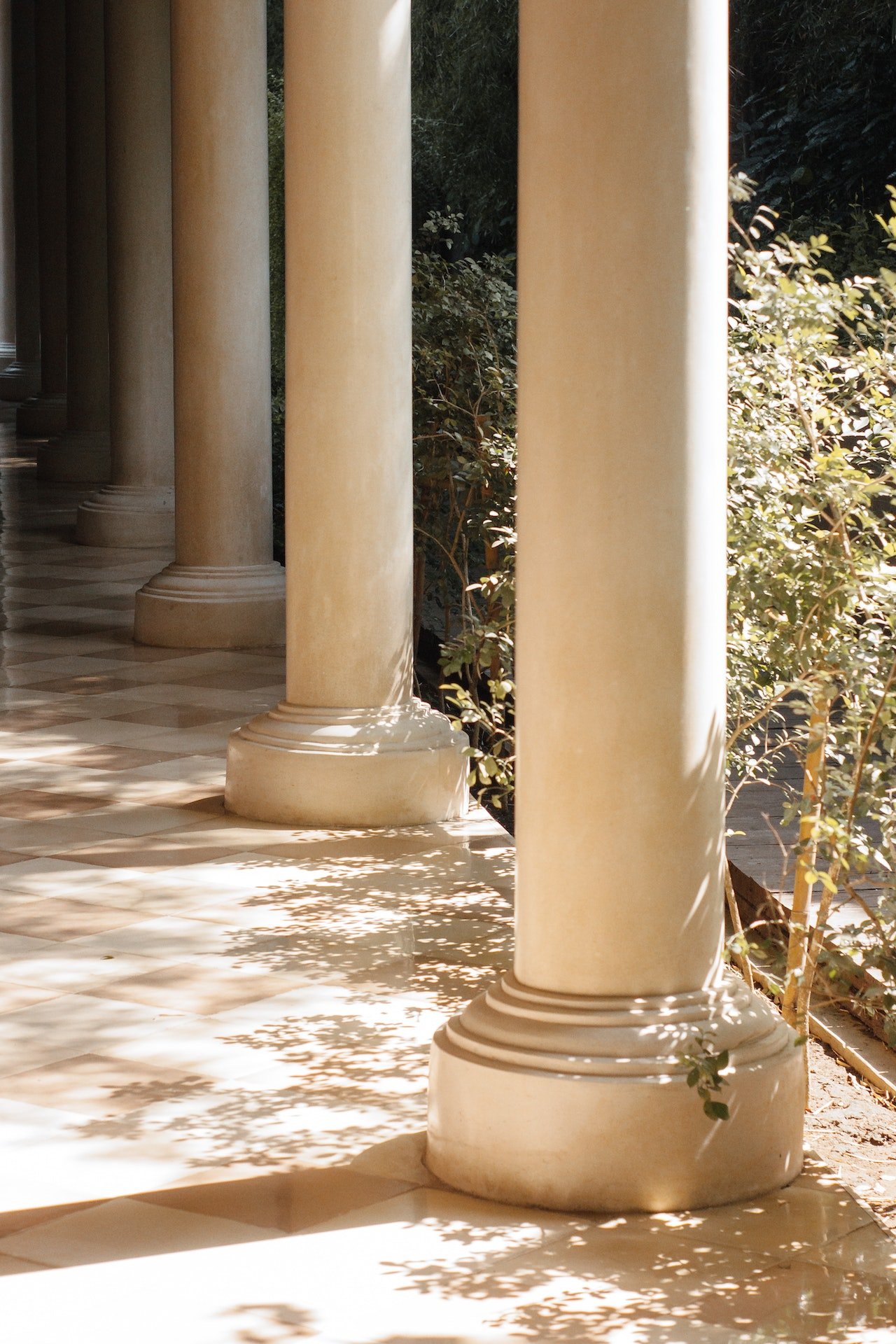
- Nowadays, finding people who can lay a red oxide floor well is hard because the practice is not very common.
- It is a very long and tedious task to lay these floors. The entire flooring has to be completed at a single continuous stretch. Therefore, it is mostly done by people who are skilled and experienced.
- Red oxide floors are prone to cracking if exposed to extreme weather. Therefore, this flooring is best suited for home interiors.
- It is important to use an oxide that is of good quality. Otherwise, over time, the flooring will get patchy and look faded.
Process of Laying a Red Oxide Floor
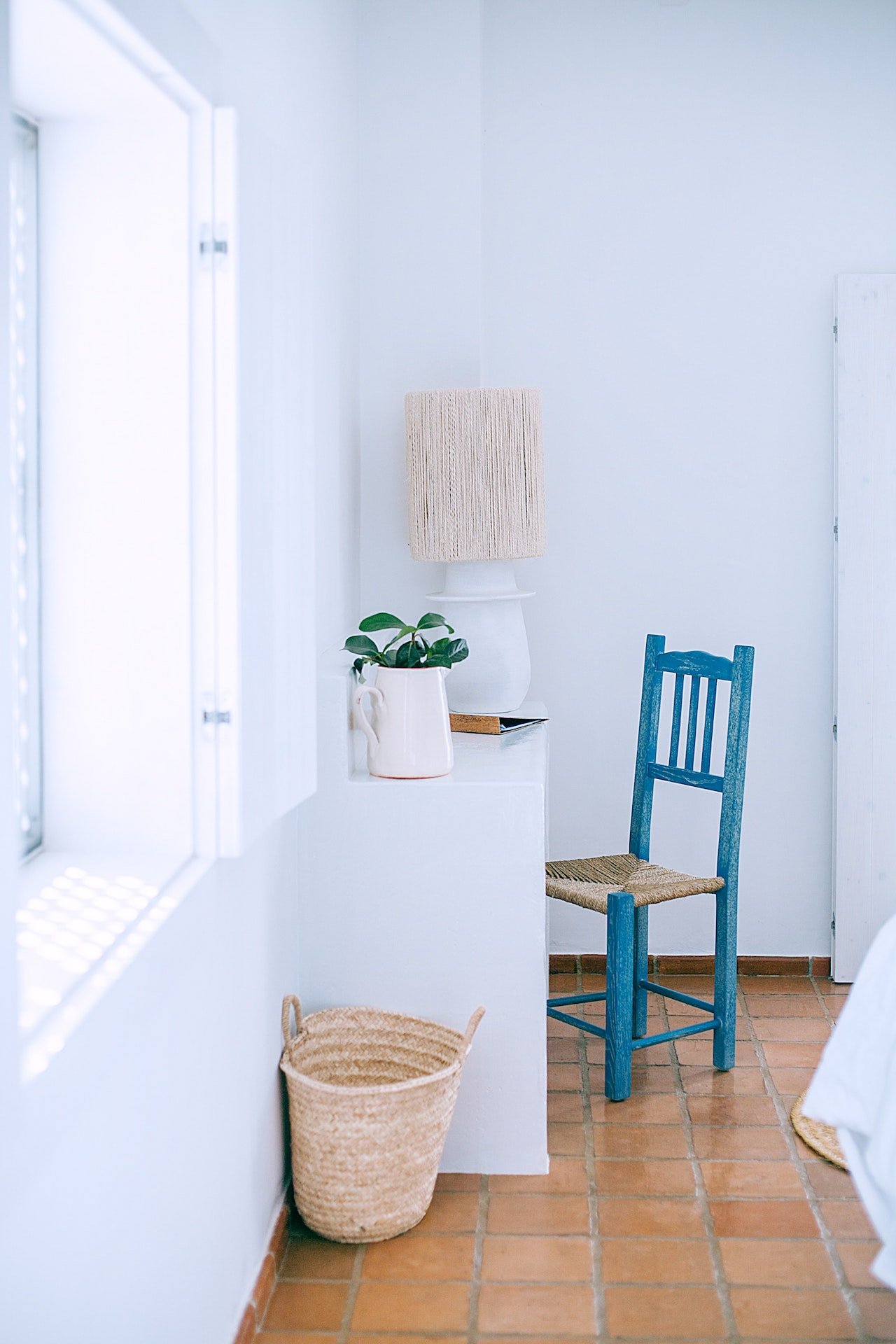
Now that we know the advantages and disadvantages of red oxide flooring let’s look at the method for perfecting it.
- The most important part of the process is finding an experienced mason who can work skillfully and complete the flooring in one continuous stretch.
- In the first step, dry cement is combined with the oxide of choice. A suitable amount of water is added to get the right consistency.
- The ideal red oxide flooring mixing ratio is one part flooring oxide and three parts cement. You can tweak the ratio slightly for a darker or lighter shade.
- After the cement has been applied, water must be sprinkled constantly at one or two hours intervals. This is done to keep the floor moistened and prevent it from drying. If cracks set in while drying, they will be hard to remove later.
- A day after the floor is laid, it is best to allow a little water to stand on the floor. This is done to identify any unevenness or white spots.
- The floor should be left to dry and cure for at least 4 days. Then the process of red oxide floor polish with wax begins.
- After the wax is applied for a smooth finish, one has to wait for 3 days for the wax to absorb fully. Then the floor is ready to be used.
Where Can I Use Red Oxide Flooring?
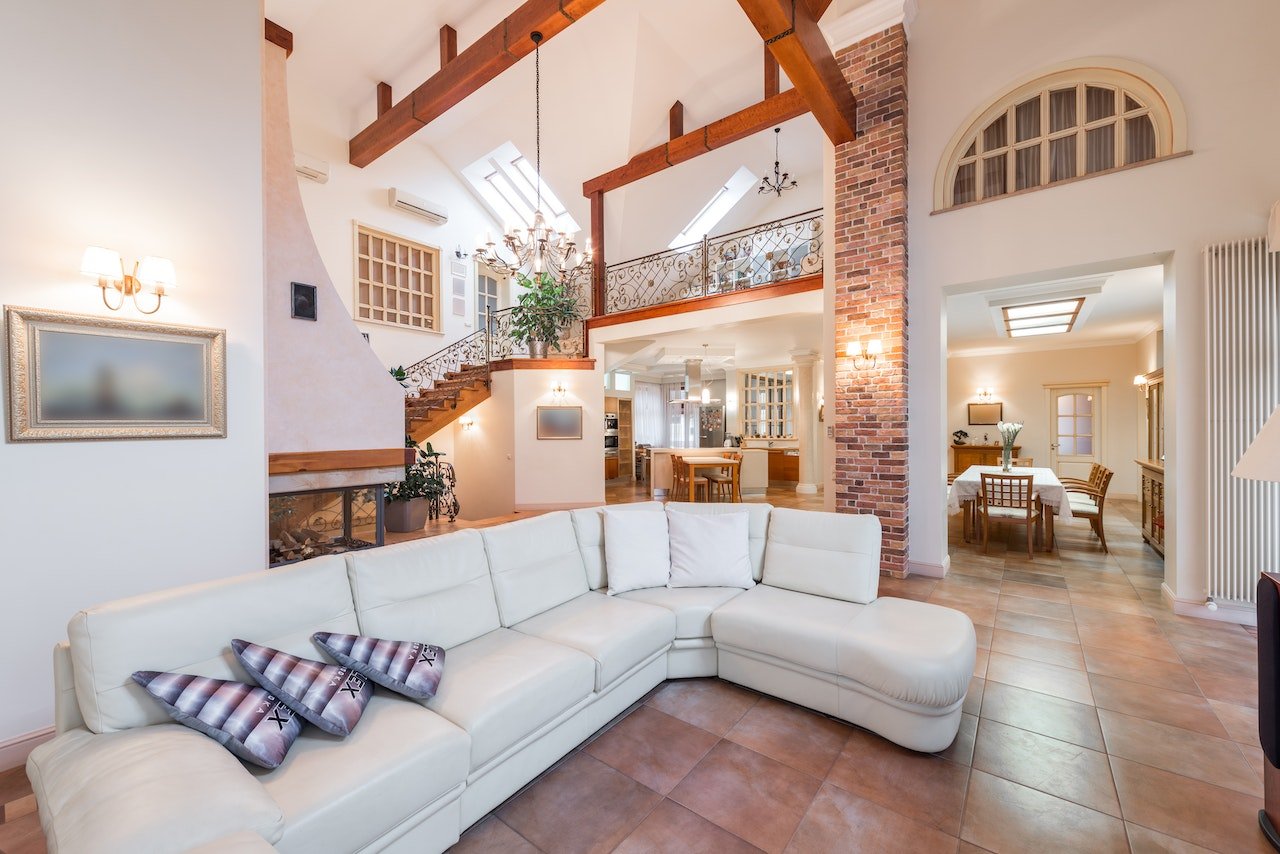
Red oxide is a non-slippery flooring material. Hence they are suitable for use in all areas of your home, including the living room, bedroom, kitchen, dining, outdoor balconies, terrace areas, and even the bathroom. Just keep the finish coarse if you’re using it in the bathroom.
Also, Red oxide flooring provides good traction. Hence they are ideal for use in warehouses and other commercial spaces as well. Elegant, easy to maintain, and naturally cool, red oxide floors may be the best choice for homes located in warm or tropical climate zones.
Red Oxide Flooring Cost
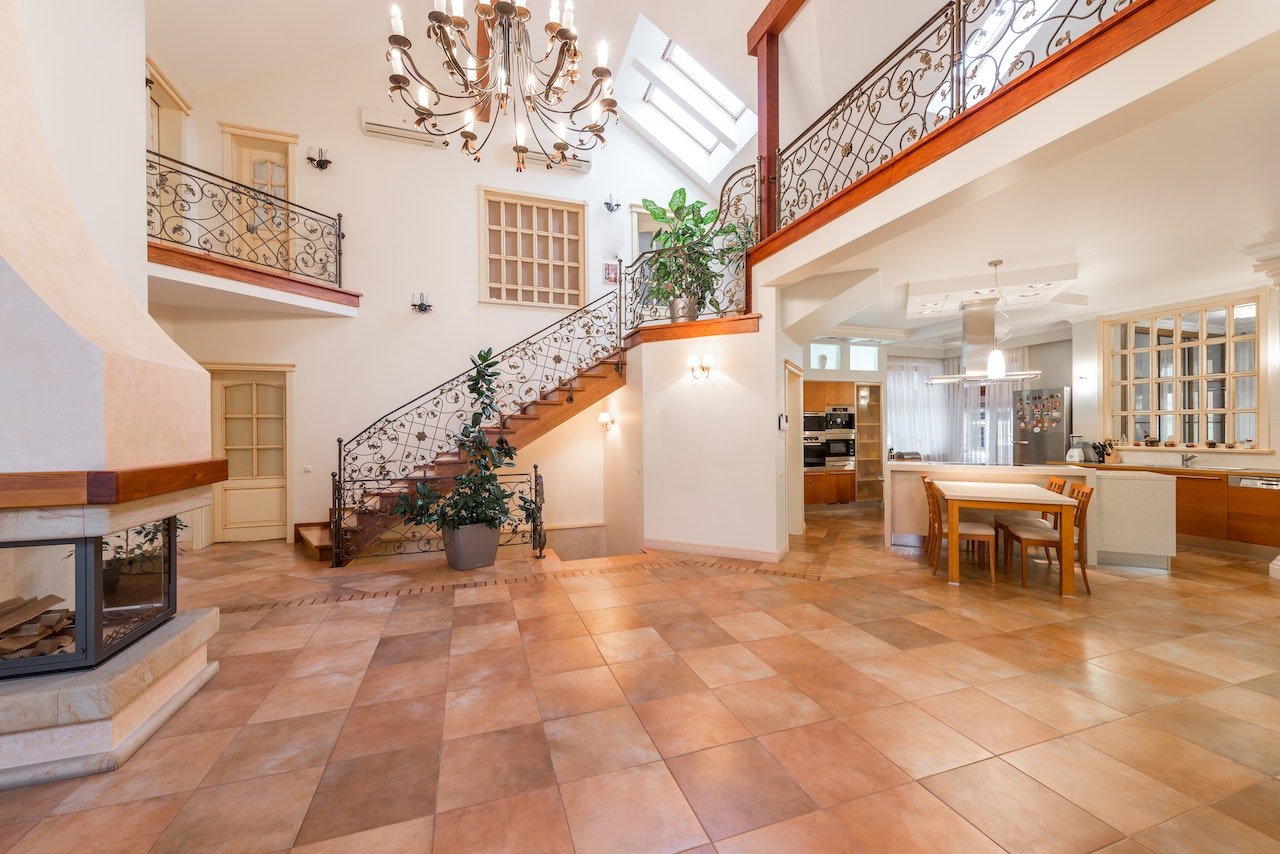
Red-Oxide flooring is a cost-effective alternative to other options, such as marble or granite. Marble and granite are expensive, and compromising quality is the only way to reduce costs. As opposed to these, red oxide flooring is very cost-effective and barely an inconvenience. The cost per square foot is usually around INR 80 to 90. Their cost-effectiveness and eco-friendliness are the two major reasons behind their popularity.
Red Oxide Flooring for Terrace
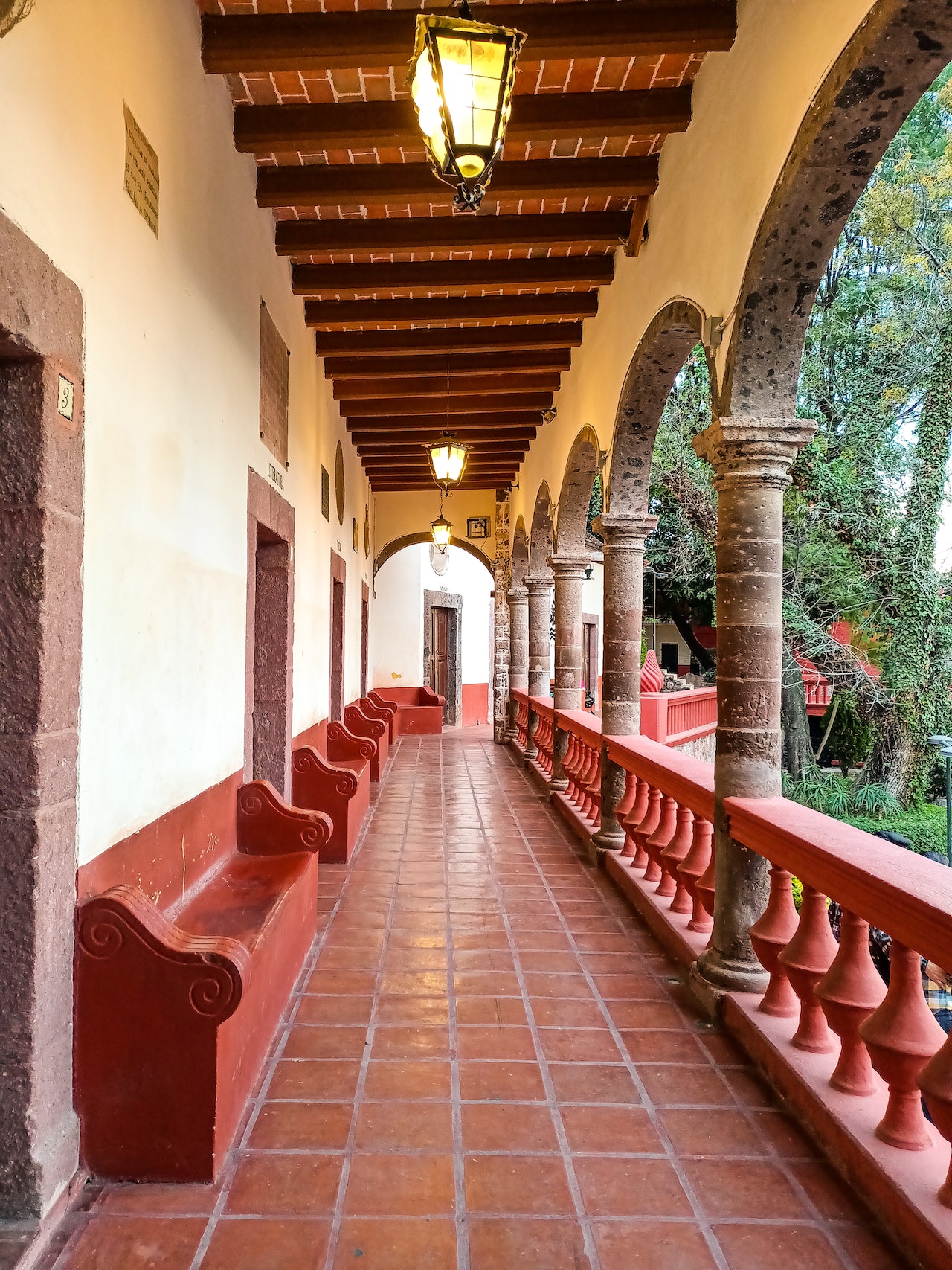
Red Oxide flooring looks equally appealing outdoors as it looks on indoors. If you have open balconies or large terraces and porches, add glamour to them with red oxide tiles. The perpetual red will perfectly complement the potted plants and elevate your outdoor aesthetic. You can also throw a couple of red velvet couches and a coffee table into the mix for added luxury.
Red Oxide Flooring for the Bathroom
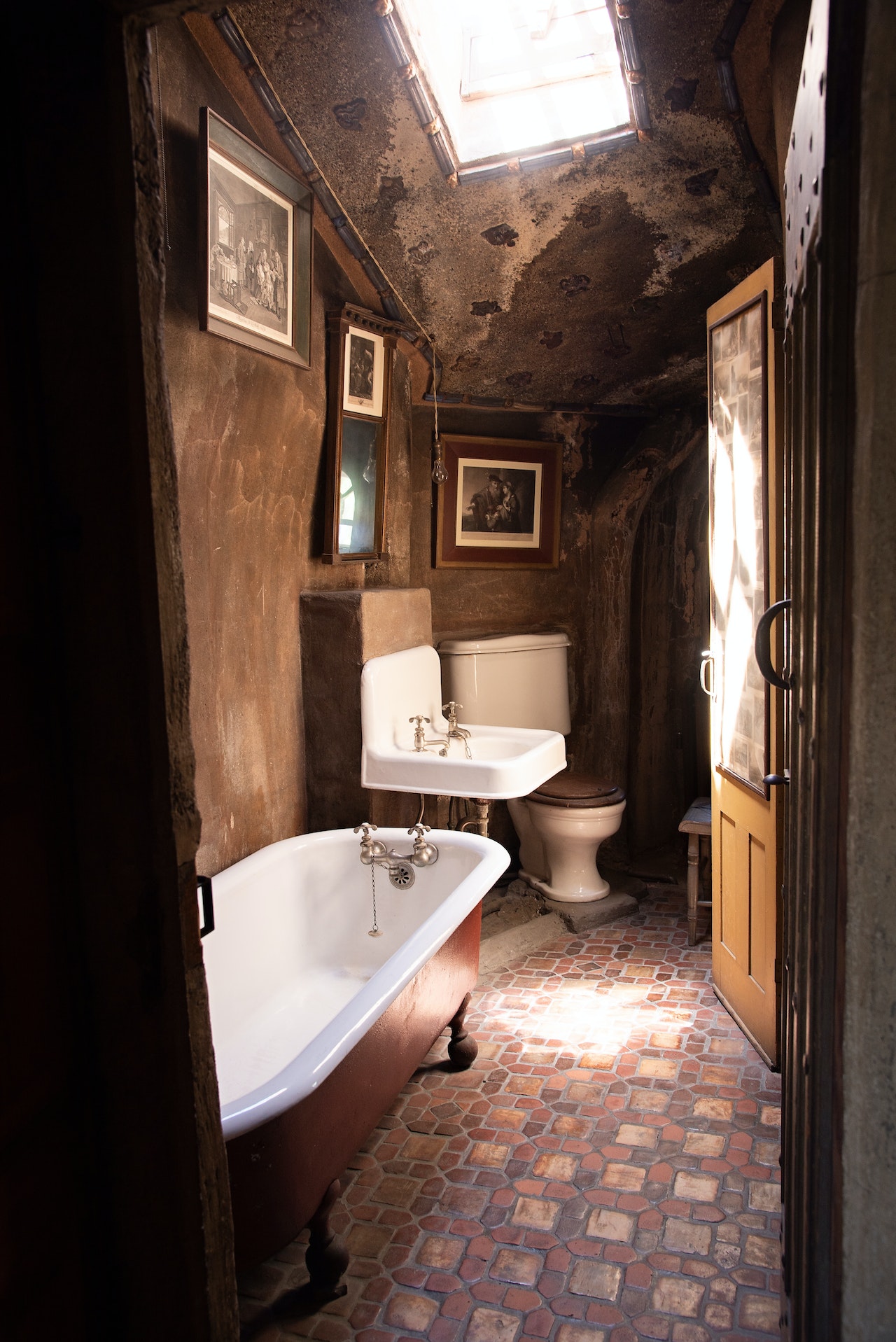
The bathroom is another space where you can incorporate elegant red oxide flooring. Many Kerala homes have red oxide tiled bathrooms that look stunning. Match the red floor with brown, rustic accents to create a regal atmosphere in the bathroom. But do ensure to keep the finish coarse to avoid slipping accidents.
Integrate Red Oxide Flooring into Your Home Décor

As mentioned above, laying a red oxide floor requires an experienced and skilled mason, and not just anyone can do it perfectly. Therefore, if you want to avoid the difficult task of getting the entire flooring done with red oxide, you can borrow the style and implement it in other ways. One good example is to use a few red oxide tiles.
To Sum Up
Different colours and patterns of red oxide flooring tiles have become popular in the market. Unlike red oxide flooring powder, these tiles do not require in situ application, making them highly convenient for homeowners. You can use them to get the desired look for your home.
Instead of stressing about how to go about getting these traditional floors, you can connect with HomeLane. HomeLane has design experts who can help integrate whatever style you want into your new home. Additionally, their pricing and quick delivery of projects make them the perfect choice for all your interior design requirements.
FAQs
1. Is Red Oxide Good for Flooring?
Red oxide flooring is a traditional method and a great approach towards rustic and earthy home décor. Red oxide tiles are made from natural materials and are eco-friendly and sustainable. They are an affordable alternative to marble and granite floorings and look extremely elegant on interiors of all kinds. Further, you can make them last for years with little maintenance. These floorings are ideal for homes in tropical climates as they help keep the floor cool during summer.
2. Is Red Oxide Cheaper than Tiles?
Red oxide flooring is significantly cheaper than other options, such as marble or granite. The average cost per square foot for red oxide flooring is INR 80 to INR 90. On the other hand, the starting price of marble flooring in India is INR 250 per square foot. The red oxide floors can also be an affordable and eco-friendly replacement for expensive carpets.
3. How Do You Maintain a Red Oxide Floor?
Red oxide floors are very easy to maintain. Once they are laid properly, you can make them last for years with little maintenance. Regular sweeping and mopping are all they need to keep their shine intact for years. However, avoid using harsh chemicals. Normal water is enough to make them look new and fresh for decades.

